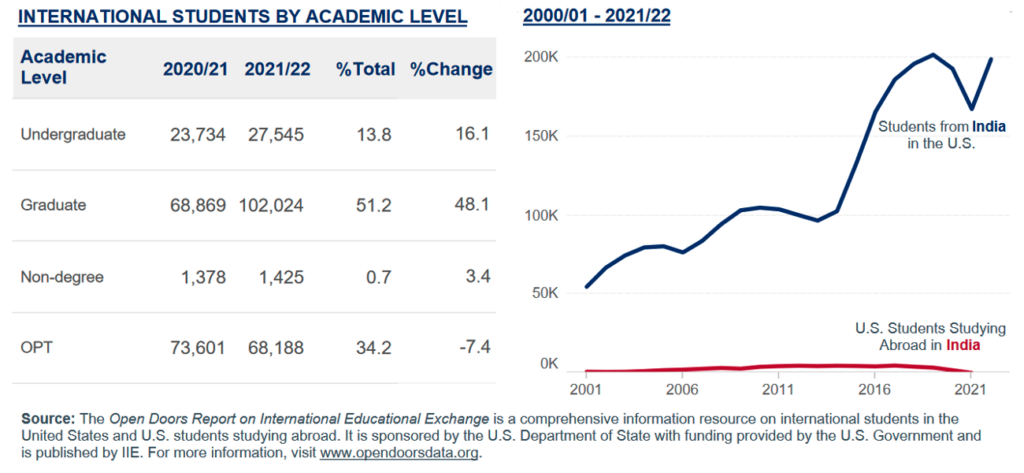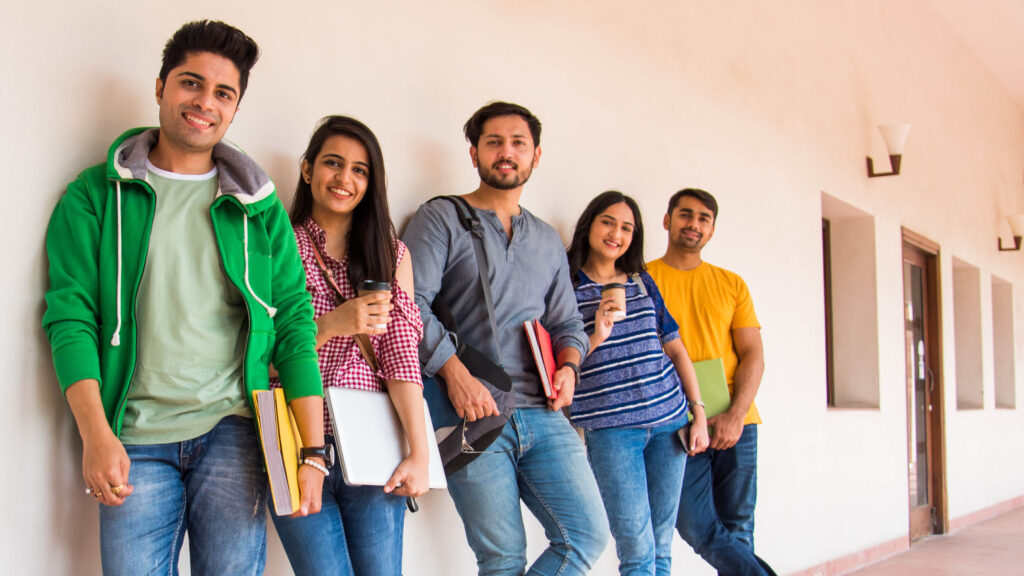In February, IIE Will Lead a Delegation to India for U.S. Higher Education Leaders
The data is in — Indian students and scholars are on the move globally. Last year, nearly 300,000 Indian college and graduate students came to the United States to pursue higher education, an all-time high for the world’s fifth-largest economy and now the most populous country (Open Doors, United Nations, The World Bank). With more than 40% of the demographic powerhouse’s 1.4 billion population under the age of 25 and demand for education far exceeding in-country supply, the time is now to forge new, mutually beneficial collaborations to both expand India’s higher education system and better support Indian students in the U.S.

The role of quality higher education in India’s advancement is crucial. The country’s higher education landscape is ranked as the second largest globally (38 million students in 50,000 academic institutions, including 1,057 universities) and encompasses a diverse array of institutions, including esteemed public universities, private institutions, and numerous research laboratories with significant contributions to various academic disciplines. With a thriving economy, technological advancements, rich cultural heritage and history, and a substantial pool of students and scholars, India’s higher education system is set for significant expansion and collaboration in the coming years.
The latest iteration of the National Education Policy (NEP), enacted in 2020, is ushering in an era of educational reform in India, focused on internationalization and fostering partnerships with foreign universities. This move aims to address issues related to capacity, equity, access, quality, and bureaucratic hurdles. The NEP promises a major infusion of funds for higher education and research and increasing foreign university collaboration. India’s newly established National Research Foundation (NRF) is committed to making major new investments in scientific areas. In addition, the Indian government’s recent decision to allow foreign universities and educational institutions to establish international branch campuses in Gujarat, India, is underpinned by three key objectives: providing high-quality higher education options for Indian students, thereby reducing the need for them to seek education abroad; attracting reputable foreign higher education institutions (HEIs) to foster a high-quality teaching and research ecosystem in the country; and increasing competition to encourage emerging private universities to enhance their capacity and quality.
While the National Education Policy (NEP) is expected to boost higher education internationalization, substantial reforms and investments from universities and the government are imperative for success. A realistic approach to future collaborations and partnerships, grounded in an understanding of the context, is essential to leverage the tremendous opportunities at hand.
The U.S.-India relationship is critical to the future of both countries. The U.S. and India share opportunities to strengthen each other’s economies by enhancing educational cooperation and investing more in research and development. And there have been momentous developments. Last June, President Biden and Prime Minister Modi announced several initiatives to increase cooperation between the two countries, including initiatives to facilitate cooperative programs and closer research partnerships between U.S. and Indian universities. The two governments are working to facilitate U.S. universities to expand their presence in India, to create joint degree programs, and foster joint research programs in STEM fields as well as upskilling opportunities through community colleges.
To foster stronger academic collaborations, we are launching the IIE Spotlight Initiative: India this academic year. This initiative will focus on India through a series of programs, activities, and research that will bolster bi-national efforts to enhance U.S.-India collaboration and mobility. One of the central components of this initiative is the IIE Leadership Delegation. In February 2024, IIE will lead a delegation to India to assist U.S. higher education leaders with integrating India into their internationalization goals. The delegation will feature a visit to India, where institutional representatives will receive a comprehensive understanding of the current Indian higher education landscape and explore the key factors at play in the internationalization of India. IIE executive leaders, IIE India Director Vivek Mansukhani, and IIE Lead of Higher Education Initiatives Sylvia Jons will lead structured sessions and casual conversations for a robust learning experience in India. For more information, contact Sylvia at sjons@iie.org or visit IIE Spotlight Series: India.
